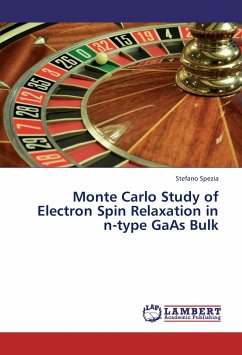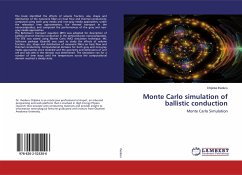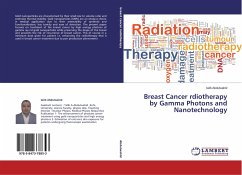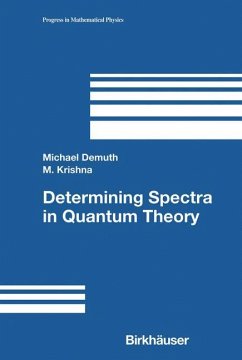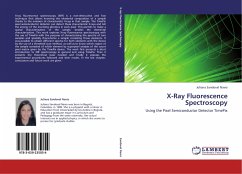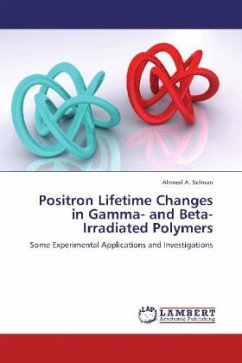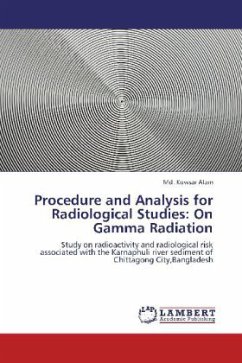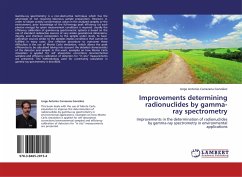
Improvements determining radionuclides by gamma-ray spectrometry
Improvements in the determination of radionuclides by gamma-ray spectrometry in environmental applications
Versandkostenfrei!
Versandfertig in 6-10 Tagen
32,99 €
inkl. MwSt.

PAYBACK Punkte
16 °P sammeln!
Gamma-ray spectrometry is a non-destructive technique which has the advantage of not requiring laborious sample preparation. However, in order to obtain activity concentration values in the analyzed samples or the environment, prior knowledge of the full-energy peak efficiency (at each photon energy) for given measurement conditions is required. Usually the efficiency calibration of gamma-ray spectrometric systems is based on the use of standard radioactive sources of very similar geometrical dimensions, density, and chemical composition to the sample under study. To have calibration sources s...
Gamma-ray spectrometry is a non-destructive technique which has the advantage of not requiring laborious sample preparation. However, in order to obtain activity concentration values in the analyzed samples or the environment, prior knowledge of the full-energy peak efficiency (at each photon energy) for given measurement conditions is required. Usually the efficiency calibration of gamma-ray spectrometric systems is based on the use of standard radioactive sources of very similar geometrical dimensions, density, and chemical composition to the sample under study. To have calibration sources similar to the samples implies conditions that cannot be fulfilled in many cases. One effective procedure to overcome these difficulties is the use of Monte Carlo simulation, which allows the peak efficiencies to be calculated taking into account the detailed characteristics of the detector and sample. In this work, examples on how Monte Carlo simulation is applied for self absorption corrections (environmental samples) and efficiency calibration of detectors for in situ measurements are presented. The methodology used for uncertainty calculation in gamma-ray spectrometry is described.




